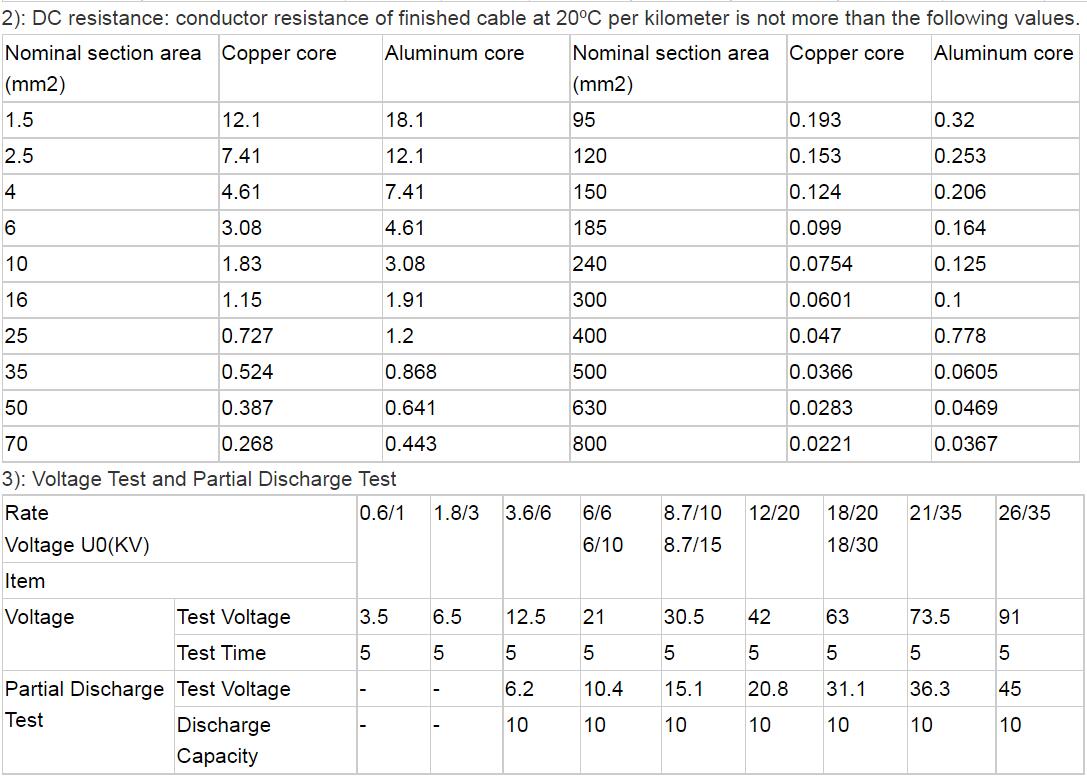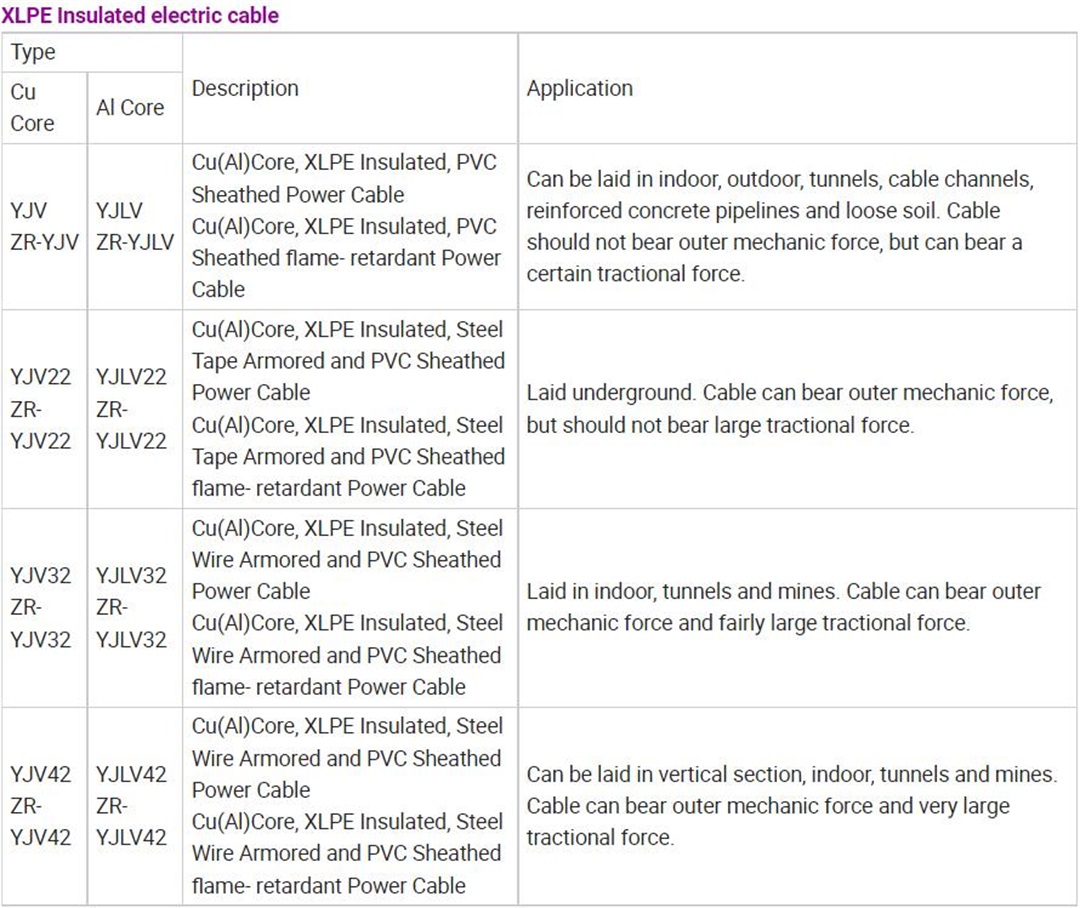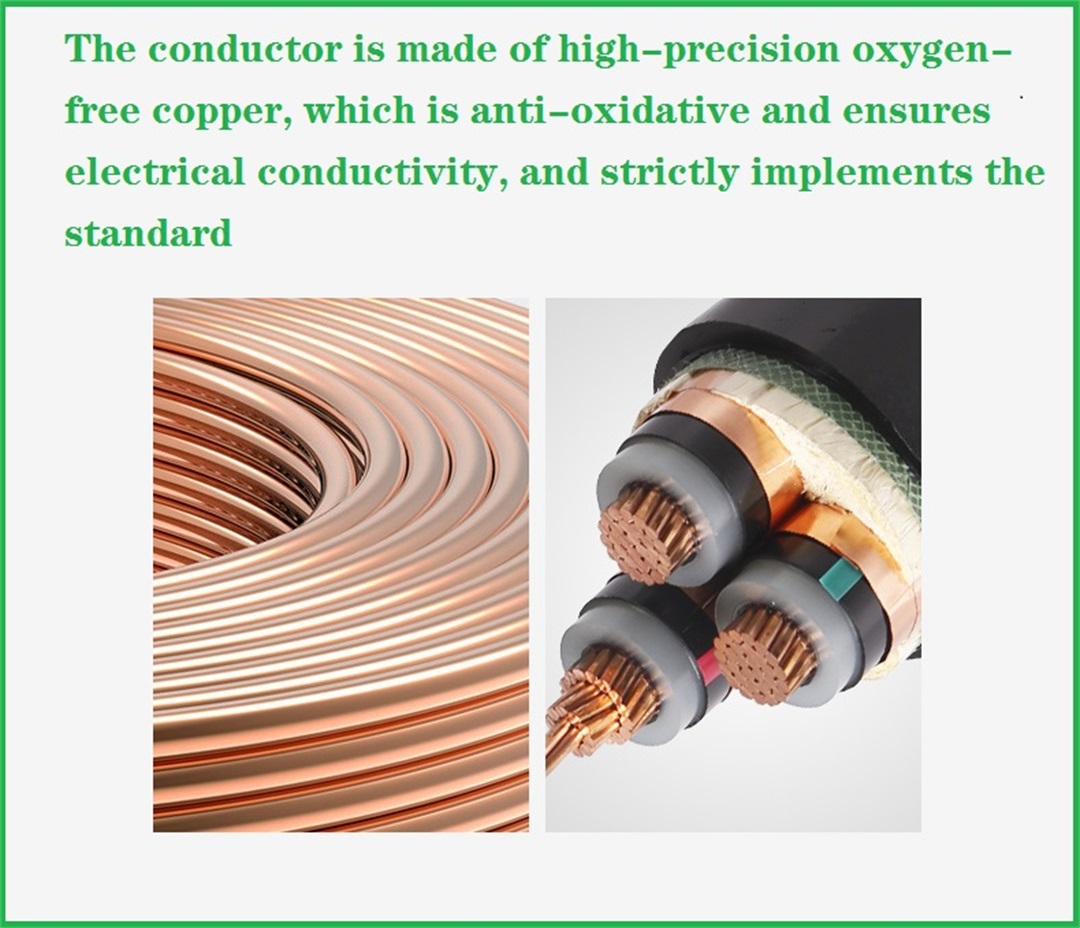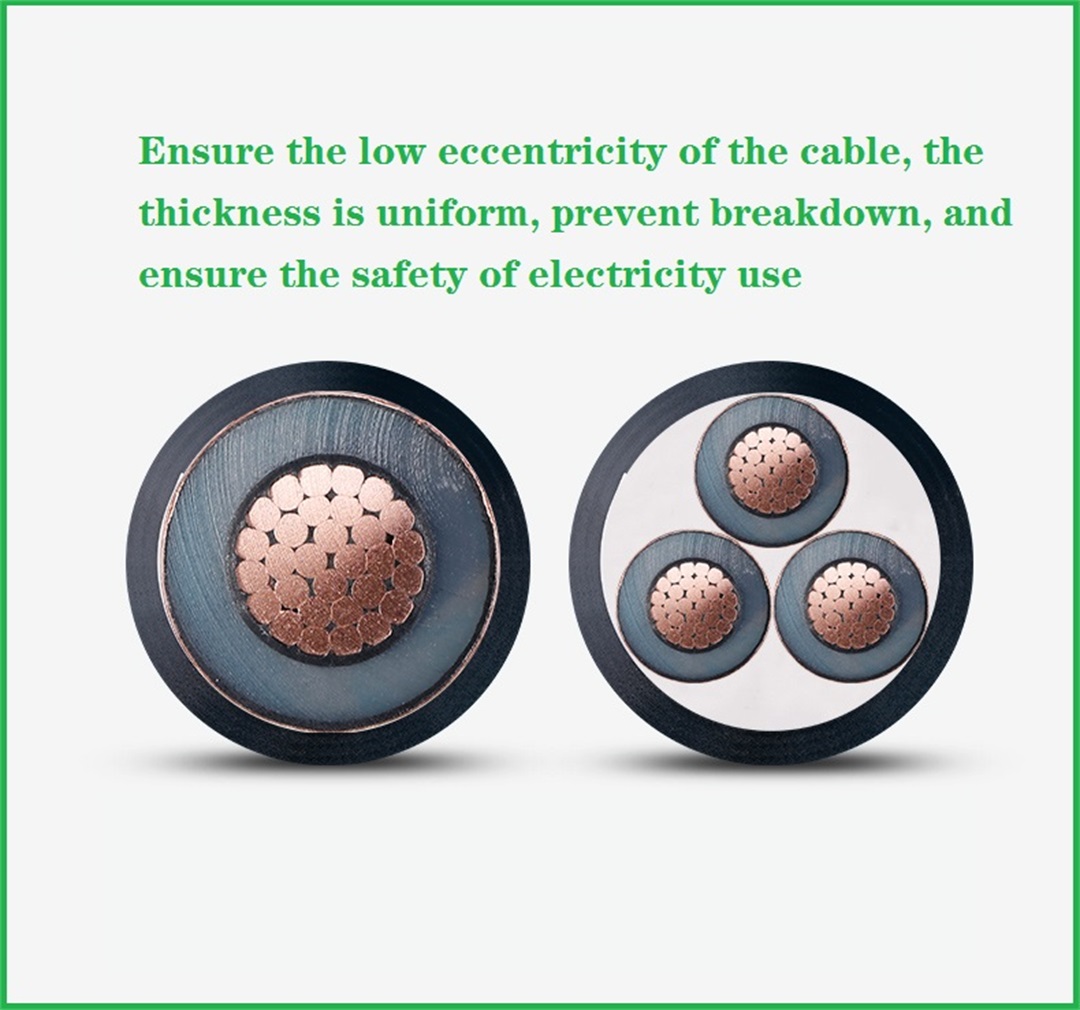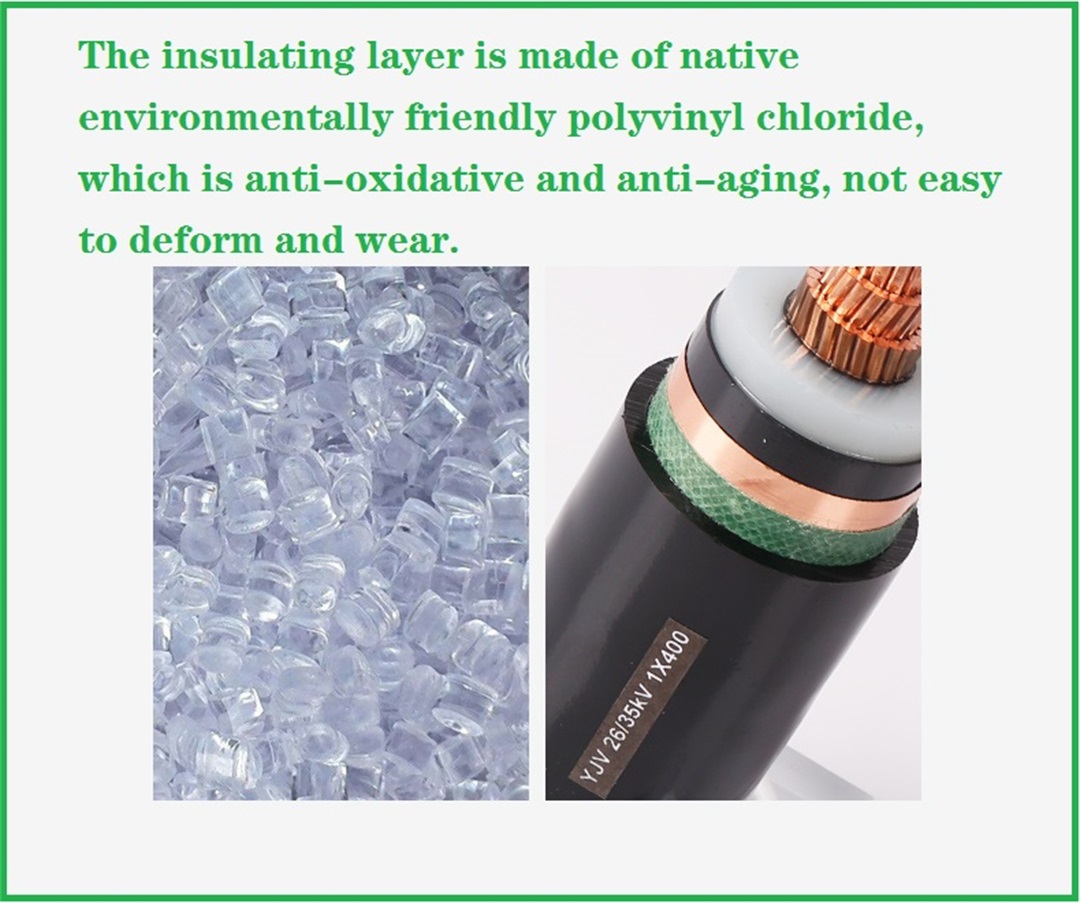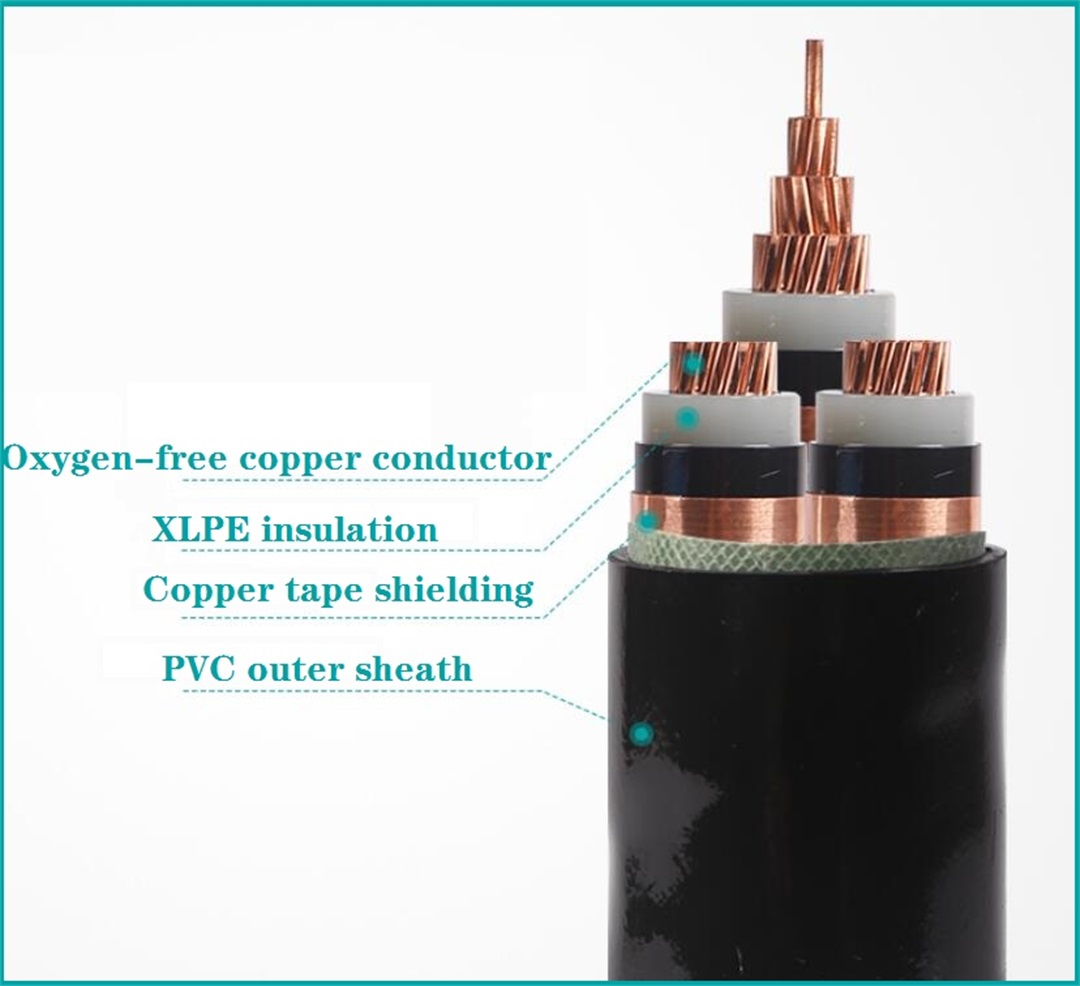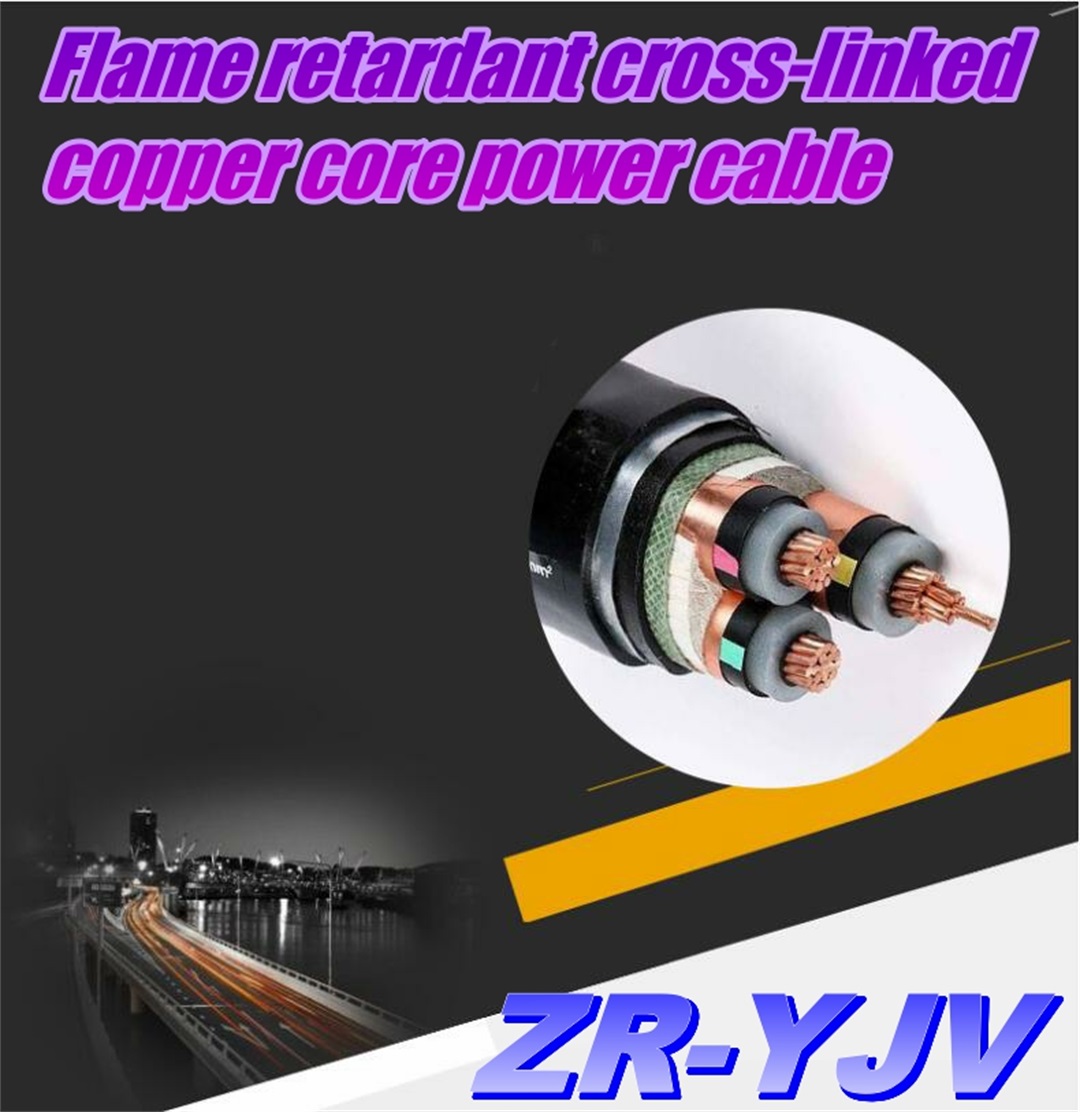 1,The cable is based on IEC 60502-1 and GB standard. 2, 20 ºC conductor DC resistivity: copper core ≤ 0.017241Ωmm2/mo aluminum core ≤ 0.028Ωmm2/m. 3, flame retardant grade A, B, C, D, low smoke halogen-free WDZ, fire-resistant type NH, can be customized ZA-YJV, ZB-YJV, ZC-YJV (ZR-YJV), WDZ-YJV, N-YJV (NH-YJV). 4.The highest working temperature for yjv cable is 90ºC. 5, the cable should be laid at an ambient temperature of not less than 0 ºC, installed cable bending radius should be greater than 20 times the outer diameter of the cable. <5PC. 4,Laying temperature should be no less than 0ºC. 5.In the event of a short circuit, the highest temperature of the conductor should be no more than 160ºC for a duration of not more than 5 seconds. 6.YJV YJLV is suitable for indoor and outdoor laying, but cannot bear the action of mechanical external force. yjv22, yjlv22 are suitable for buried laying, can bear the action of mechanical external force, but cannot bear large tensile force.
1,The cable is based on IEC 60502-1 and GB standard. 2, 20 ºC conductor DC resistivity: copper core ≤ 0.017241Ωmm2/mo aluminum core ≤ 0.028Ωmm2/m. 3, flame retardant grade A, B, C, D, low smoke halogen-free WDZ, fire-resistant type NH, can be customized ZA-YJV, ZB-YJV, ZC-YJV (ZR-YJV), WDZ-YJV, N-YJV (NH-YJV). 4.The highest working temperature for yjv cable is 90ºC. 5, the cable should be laid at an ambient temperature of not less than 0 ºC, installed cable bending radius should be greater than 20 times the outer diameter of the cable. <5PC. 4,Laying temperature should be no less than 0ºC. 5.In the event of a short circuit, the highest temperature of the conductor should be no more than 160ºC for a duration of not more than 5 seconds. 6.YJV YJLV is suitable for indoor and outdoor laying, but cannot bear the action of mechanical external force. yjv22, yjlv22 are suitable for buried laying, can bear the action of mechanical external force, but cannot bear large tensile force.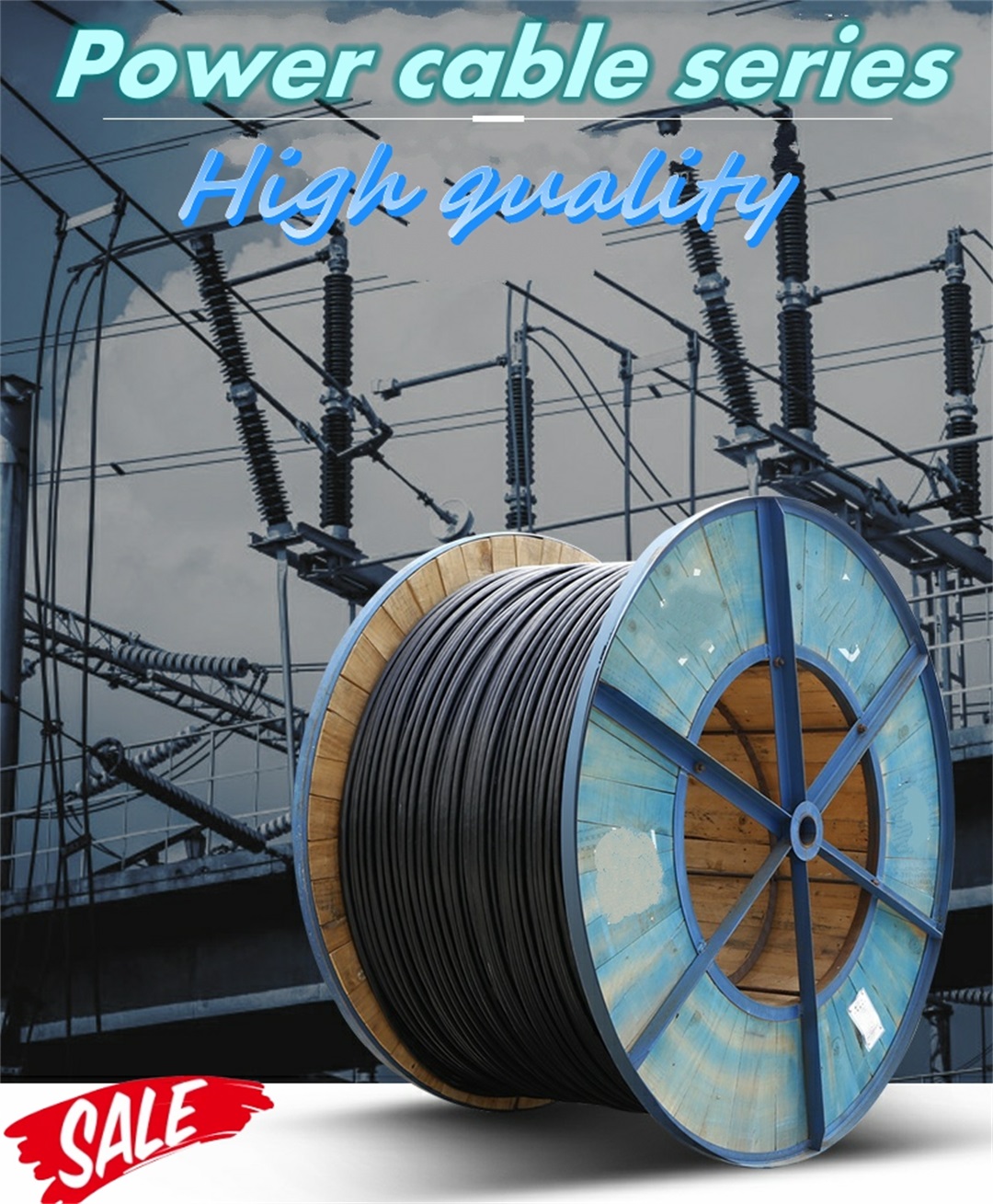 A) during normal operation of cable, the maximum conductor temperature shall be 70℃ for PVC insulation and 90℃ for XLPE insulation. B) Maximum temperature of conductor during short circuit (maximum duration not exceeding 5 seconds) : PVC insulation -- 160℃ for conductor cross section ≤300mm2, 140℃ for conductor cross section > 300mm2; Crosslinked PVC insulation at 250℃. C) When laying cables, the ambient temperature shall not be less than 0℃, and the minimum allowable bending radius is as follows: Single core cable: unarmored 20D, armored 15D Multi-core cable: 15D for unarmored, 12D for armored Where: D- actual outer diameter of cable. D) Cable breaking force: Aluminum core cable: 40×S (N) Copper core cable: 70×S (N) Note: S is the total cross-sectional area of the conductor
A) during normal operation of cable, the maximum conductor temperature shall be 70℃ for PVC insulation and 90℃ for XLPE insulation. B) Maximum temperature of conductor during short circuit (maximum duration not exceeding 5 seconds) : PVC insulation -- 160℃ for conductor cross section ≤300mm2, 140℃ for conductor cross section > 300mm2; Crosslinked PVC insulation at 250℃. C) When laying cables, the ambient temperature shall not be less than 0℃, and the minimum allowable bending radius is as follows: Single core cable: unarmored 20D, armored 15D Multi-core cable: 15D for unarmored, 12D for armored Where: D- actual outer diameter of cable. D) Cable breaking force: Aluminum core cable: 40×S (N) Copper core cable: 70×S (N) Note: S is the total cross-sectional area of the conductor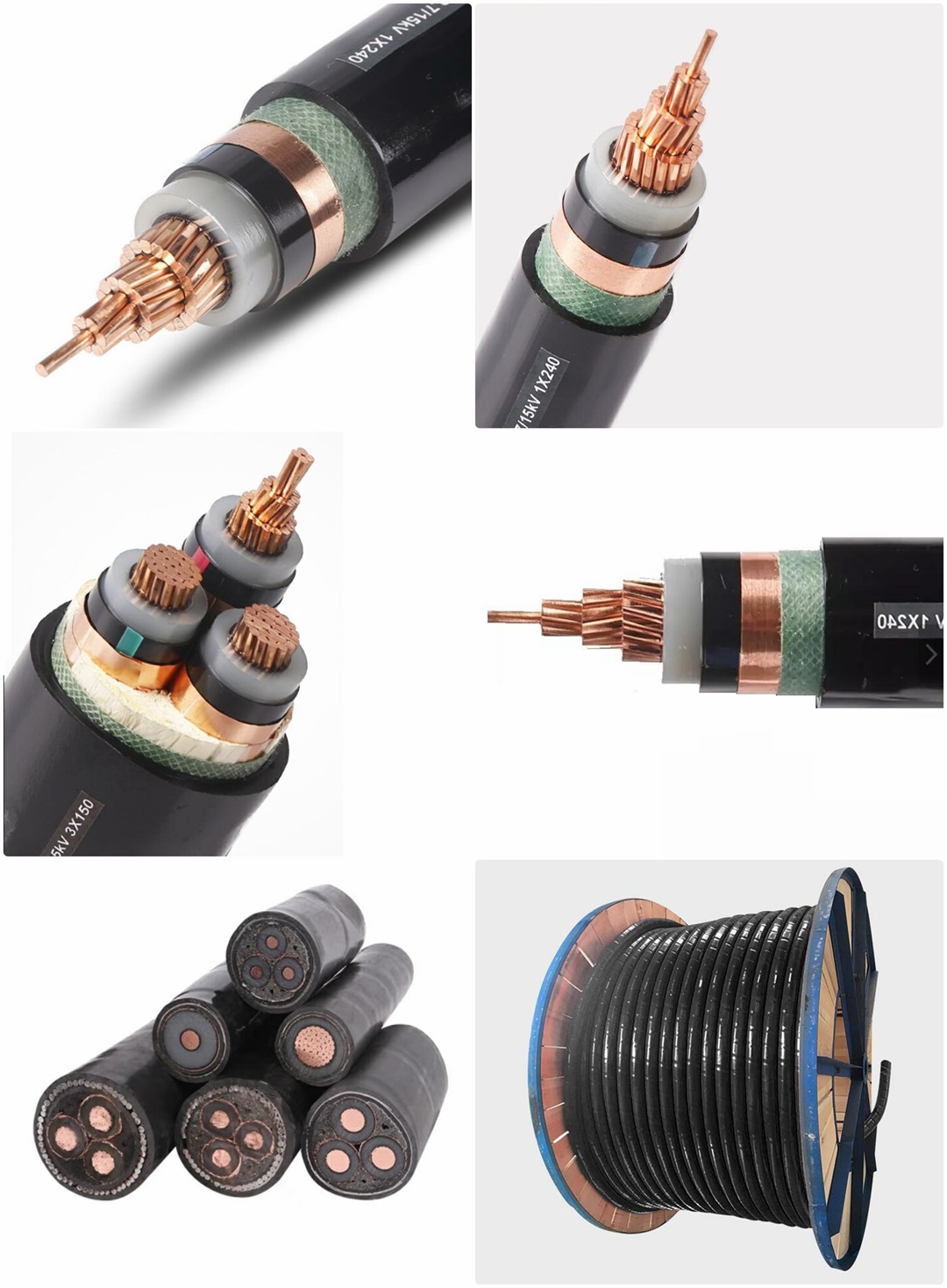
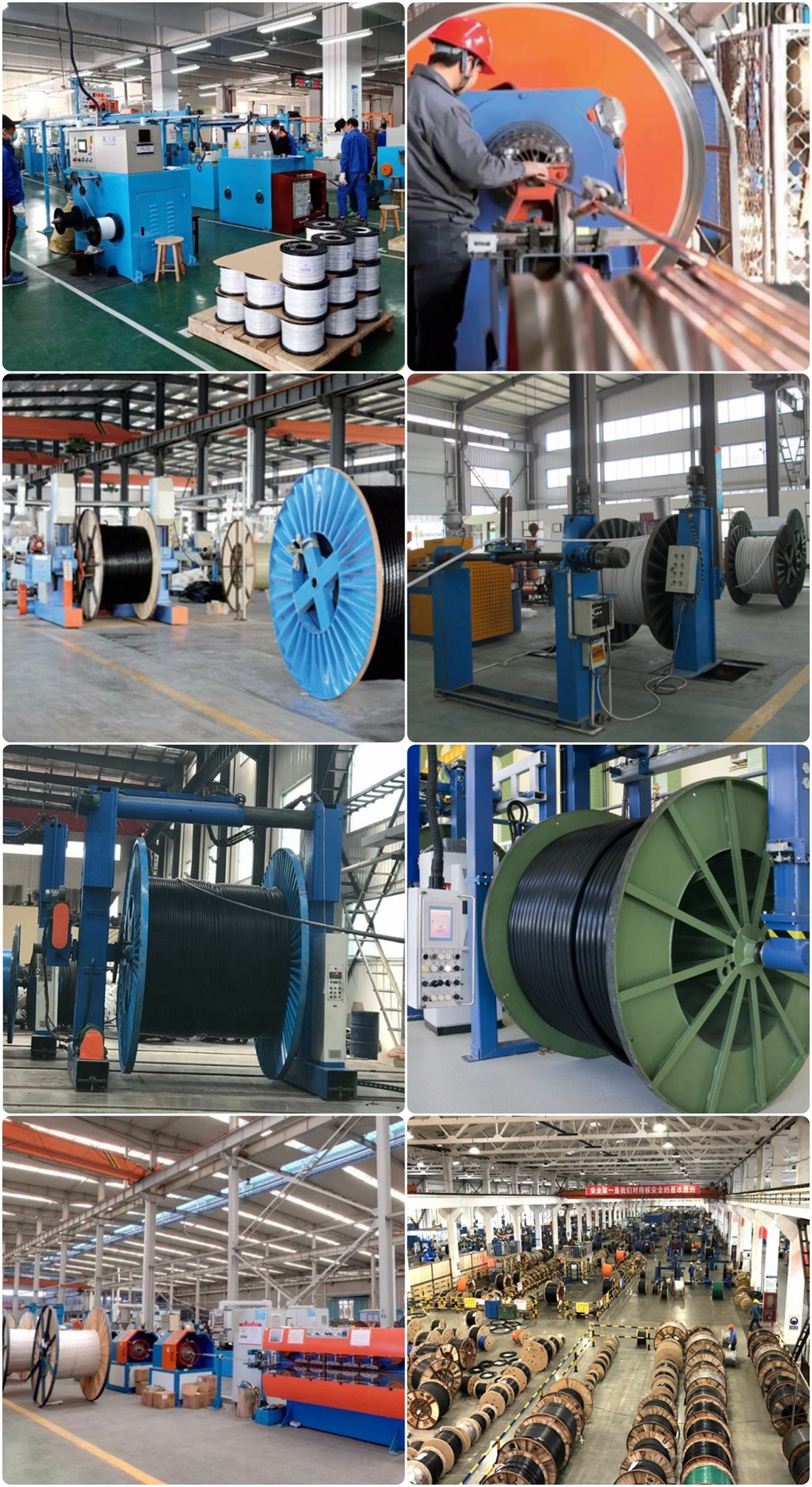
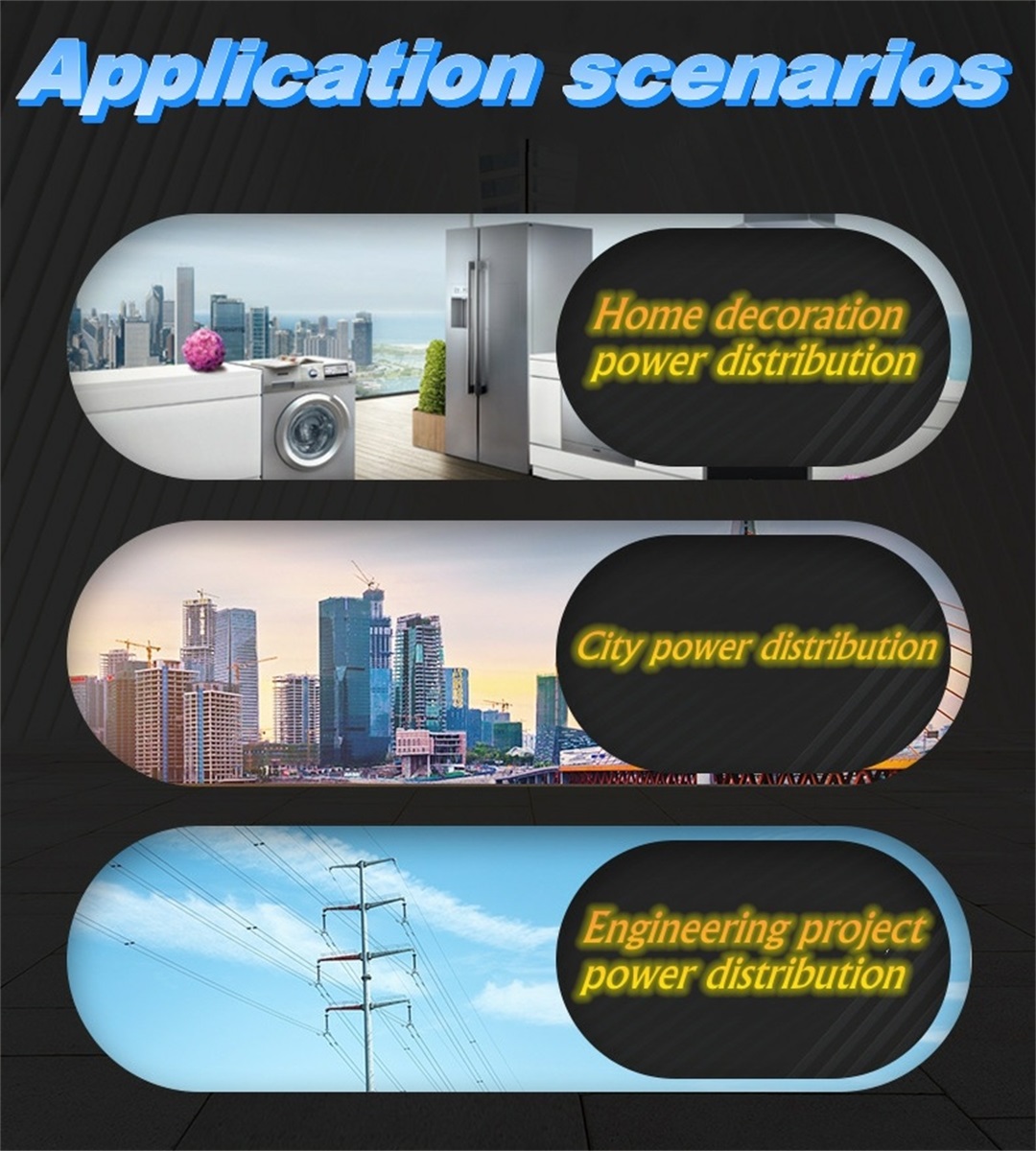
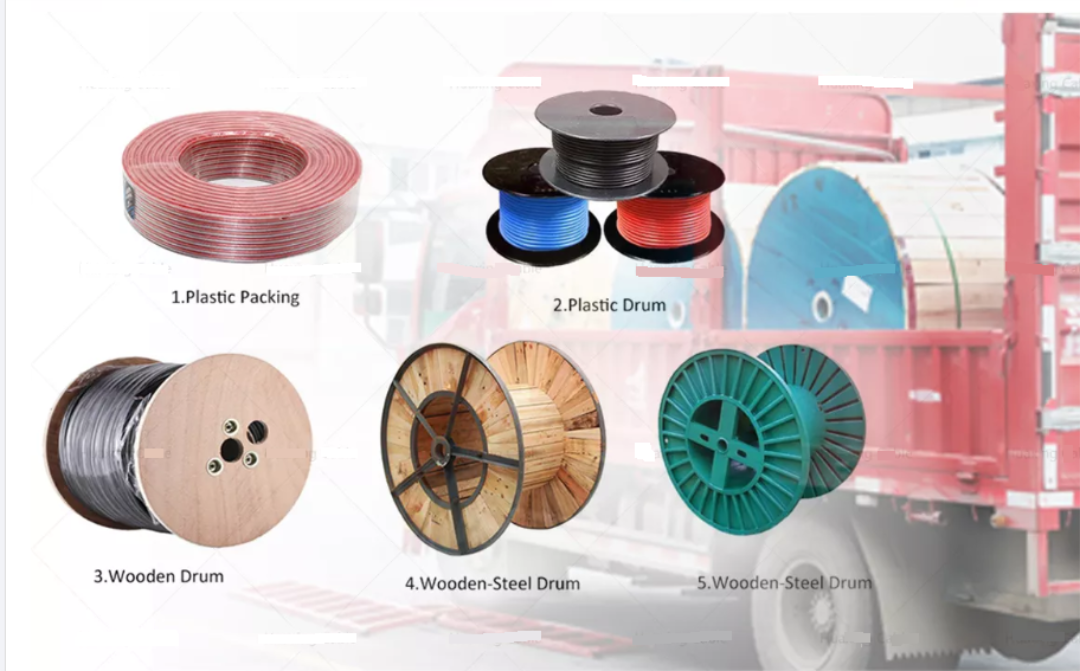
 YJ: XLPE insulation L: Aluminum conductor V: PVC sheath 32:Steel wire armoring-3 cores 22:Steel tape armoring-3 cores 72: Aluminum wire armoring-1 core 62: Stainless steel tape armoring-1 core ZR: Flame resistant
YJ: XLPE insulation L: Aluminum conductor V: PVC sheath 32:Steel wire armoring-3 cores 22:Steel tape armoring-3 cores 72: Aluminum wire armoring-1 core 62: Stainless steel tape armoring-1 core ZR: Flame resistant 

